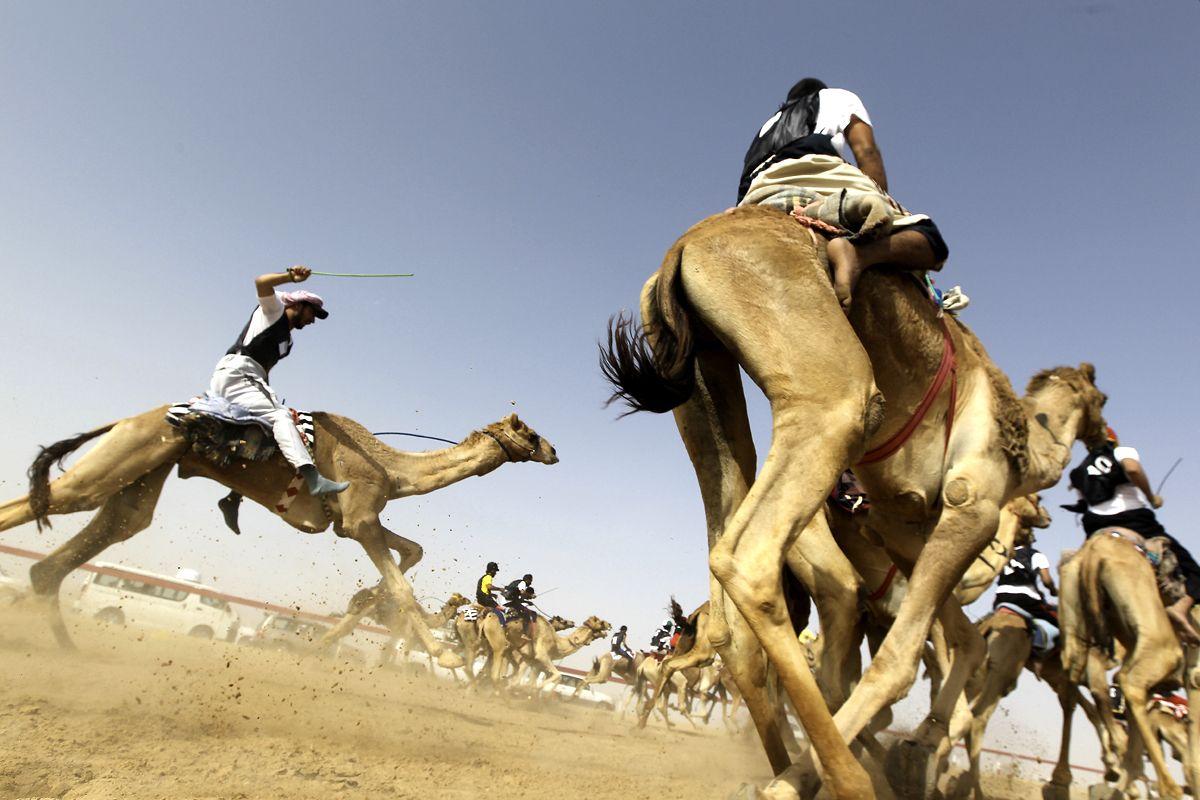Camel racing is more than just a sport; it is a cherished tradition deeply rooted in the history and culture of Middle Eastern nations. From the vast deserts of the UAE and Qatar to the bustling souks of Oman and Saudi Arabia, camel racing symbolizes pride, heritage, and the enduring bond between humans and these majestic animals. However, behind the glamour and pageantry lies a controversial issue that threatens the integrity of this age-old sport: doping in camel racing.
The Cultural Significance of Camel Racing in the Middle East
Camel racing has been a part of Middle Eastern culture for centuries. Historically, it served as a means of transportation, a symbol of status, and an essential part of Bedouin life. Today, it has evolved into a highly organized and glamorous sport, attracting spectators from around the globe. The races are not just competitive events—they are festive gatherings that celebrate tradition, hospitality, and national identity.
The love for camel racing is evident in the investment made by governments and private owners to preserve this cultural heritage. Countries like Qatar, UAE, and Saudi Arabia host major international races such as the Dubai World Cup and the King Abdulaziz Camel Festival, drawing tourists and media attention worldwide. These events foster national pride and serve as a platform to showcase the region’s rich culture.
The Impact of Camel Racing in Middle Eastern Nations
Camel racing plays a significant socio-economic role in Middle Eastern countries. It generates employment, stimulates tourism, and promotes local craftsmanship—ranging from breeding and training to creating ornate racing gear. The sport also fosters community engagement and preserves traditional skills passed down through generations.
Moreover, camel racing has become a symbol of modern national identity, blending tradition with contemporary innovation. For instance, many races now feature technologically advanced robotic jockeys, replacing human riders and highlighting the region’s commitment to modernization while respecting tradition.
The Dark Side: Doping in Camel Racing
Despite its cultural importance, camel racing faces challenges—most notably, doping scandals. Doping in camel racing involves administering performance-enhancing substances to improve speed and stamina. This unethical practice raises concerns about animal welfare, fair competition, and the integrity of the sport.
Why does doping occur?
Owners and trainers may resort to doping to gain a competitive edge in high-stakes races. The pressure to win lucrative prizes or uphold family reputations can lead to the use of stimulants, steroids, or other prohibited substances.
Impacts of doping:
- Animal health risks: Doping can cause severe health issues, including heart problems, behavioral changes, and even death.
- Unfair competition: It undermines the fairness of races, diminishing the sport’s credibility.
- Cultural implications: As camel racing is a treasured tradition, doping scandals can tarnish its reputation and diminish public trust.
Efforts to Combat Doping and Protect Camel Racing’s Legacy
Recognizing these issues, Middle Eastern countries and international organizations have taken steps to curb doping. These include:
- Strict regulations and testing: Implementing random drug tests before and after races.
- Enhanced veterinary oversight: Ensuring animal health and safety are prioritized.
- Technological advancements: Using drug detection methods to identify prohibited substances effectively.
These initiatives aim to preserve the integrity of camel racing, ensuring it remains a proud cultural tradition that continues to thrive ethically and sustainably.
Why Camel Racing Is Still Loved So Much
Despite challenges like doping, camel racing remains immensely popular in the Middle East because of its deep cultural roots and the sense of community it fosters. It embodies the region’s history, resilience, and innovation. The thrill of the race, the beauty of the camels, and the festive atmosphere make it a beloved pastime for locals and tourists alike.
Conclusion
Doping in camel racing is a serious concern that threatens the sport’s authenticity and animal welfare. However, ongoing efforts by Middle Eastern nations and international bodies demonstrate a commitment to safeguarding this cherished tradition. As camel racing continues to evolve—embracing modern technology while honoring its rich heritage—it remains a symbol of pride and cultural identity in the Middle East.
If you’re passionate about Middle Eastern culture and the preservation of traditional sports, stay tuned for more insights into camel racing and its evolving landscape.


